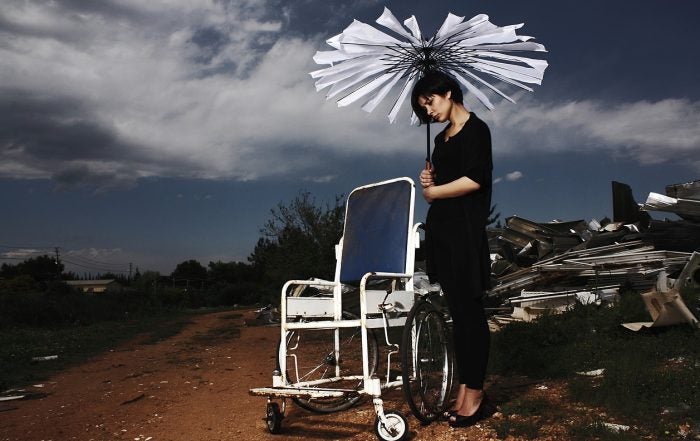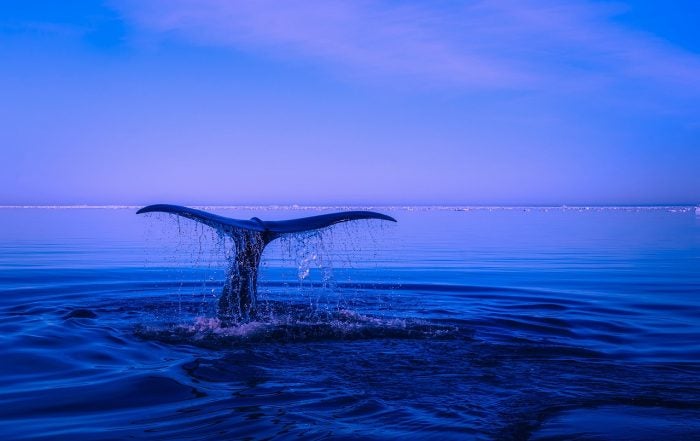The Use of Stem Cells to Treat Alzheimer’s Disease
By Tara Nguyen, Human Development, ’25 Alzheimer’s disease (AD) is a neurodegenerative disease that causes cognitive and motor functions to worsen over time, eventually leading to the loss of day-to-day function [1]. AD is the fifth leading cause of death in individuals aged 65 and older. Other causes of death within the top five, such […]
Interview :
VP: You’ve been described as the most prolific science fiction writer living today. I really want to know how this became your niche. KSR: I was reading fiction and Jules Verne fiction art adventures were exciting. At the end of my library’s section, I began to explore the top of my head: life is really […]
Engineering Photosynthesis
By Saloni Dhopte, Genetics and Genomics ‘23 If there’s one flowchart I remember from my middle school science textbook, it’s the one for photosynthesis. Plants are autotrophs- they make their own food using sunlight and carbon dioxide from the air. This process, called photosynthesis, is responsible for supplying most of the oxygen in the Earth’s […]
Greater glider populations are decreasing in Australia while selective logging regimes power on
By Adam Vera, Applied Chemistry ’23 The greater glider (Petauroides volans) in a hollow-bearing Eucalyptus tree Australia’s eucalypt forests along the eastern coast were once abundant with the country’s iconic arboreal marsupial, the greater glider (Petauroides volans). Native to the Central Highlands of Queensland and New South Wales, it has long been recognized as the cute […]
Feeding 8 Billion People: Engineering Crops for Climate Resiliency
By Shaina Eagle, Global Disease Biology ’24 Feeding the world’s 8 billion– and growing– people [2] is an Augean task that requires cooperation between farmers, scientists, government agencies, and industry stakeholders across the globe. Agriculture and climate are deeply intertwined and climate conditions play a critical role in determining agricultural productivity and have a significant […]
Tau Proteins for Early Diagnosis of Alzheimer’s Disease: A Literature Review
By Yoonah Kang, Neurobiology, Physiology, and Behavior ’24 Author Bio : I am a third year student studying Neurobiology, Physiology, and Behavior. I always enjoyed biology in middle school and high school. I became interested in neurobiology through the AP psychology class in high school because I really enjoyed the section about the biology behind […]
Preliminary evidence for differential habitat selection between bird species of contrasting thermal-tolerance levels
By Phillips. Author’s note: Since coming to college, I have wanted to conduct research on the environmental impacts of agriculture and contribute to efforts to make farming work for both people and nature. In pursuit of this goal, I signed up as an intern with Daniel Karp’s agroecology lab in my freshman year and stayed […]
Interview: John Davis
By Isabella Krzesniak. INTRODUCTION John Davis is a 5th year Ph.D. candidate in the Integrative Genetics and Genomics graduate group at UC Davis. He works in the Maloof Lab and uses bioinformatics to analyze genetic variation among native California wildflowers in the Streptanthus clade in different environments and uses data to create gene models. The […]
Canine Cloning: History and Recent Trends
By Sara Su, Animal Science and English ’24 INTRODUCTION In 1996, Dolly the sheep was the first mammal to be successfully cloned [1, 2]. Since then, 22 other animal species have been cloned, including rats, mice, cattle, goats, camels, cats, pigs, mules, and horses [3-12]. Among these, about 19 species have clones surviving to adulthood. […]
Is Rejuvenating Research Akin to the Fountain of Youth?
By Barry Nguyen, Biochemistry & Molecular Biology Authors note: I have always been interested in the aging research field. So much so, I watched ALL 8 podcasts episodes of Dr. David Sinclair’s aging podcast during the summer (which can be found on Spotify–highly recommend). A lot of the discussion is centered around developments in rejuvenating […]

